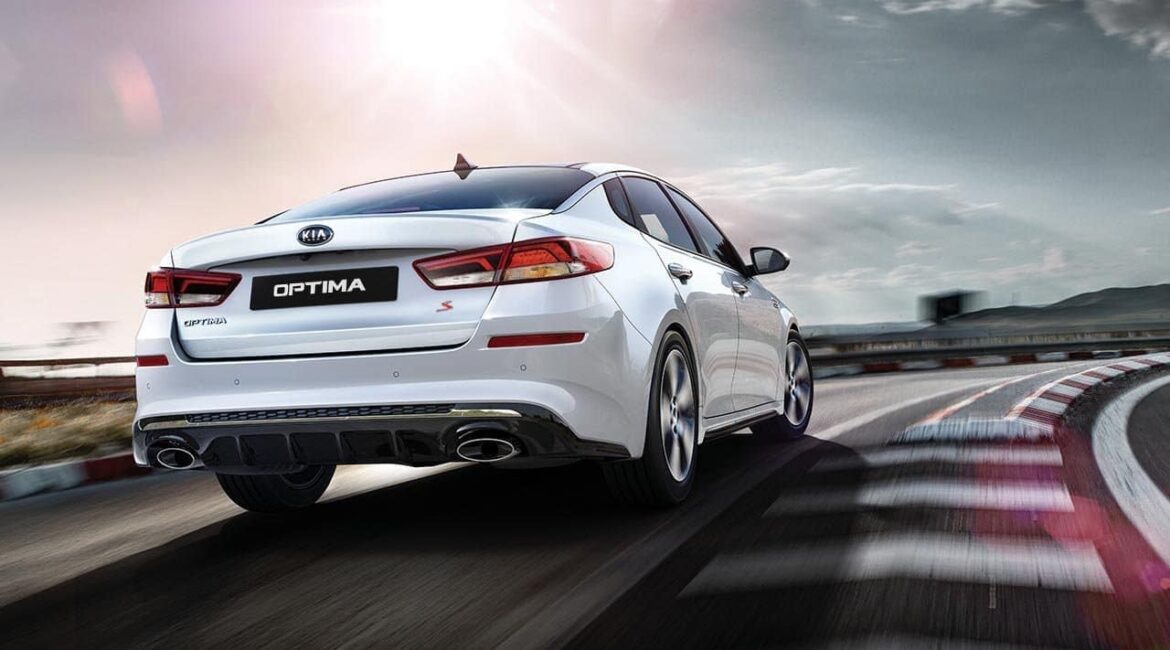Car manufacturers today are concrete about the way their cars should be repaired, especially with how complex cars have gotten over the past few years. Unfortunately, not all body shops choose to follow these guidelines. In nearly all of our blogs, we emphasize two major points to our customers: the importance of a reliable repair and the fact that not all New Jersey body shops perform safe repairs, according to Kia instructs in their repair procedures. Any autobody repair shop can make your Kia appear repaired. However, the repair may be nowhere near it should be, and as a result, your safety could be at risk.
If you own a 2019 Kia Optima and require auto body repair, Kia has provided specific instructions that are unique to the 2019 Kia Optima. However, it’s ultimately the responsibility of the body shop to research these procedures and to follow them correctly. It might even come as a surprise to you to know no laws are enforcing OEM repair procedures and most shops don’t take the time to research these procedures.
We at Cherry Hill Collision are constantly educating ourselves on the latest trends in collision repair, so we provide you with a safe repair that is up to the manufacturer’s standards. We want New Jersey drivers to know what these same repair procedures are, like for the 2019 Kia Optima, so they know what to look for on their repair estimate.
If a body shop’s estimate is missing these critical steps outlined below, then be cautious of using them to repair your vehicle. The safety systems in your car might be malfunctioning, unable to perform their designated functions, and your life could be at risk from an auto body shop not performing a scan wherever Kia requires.
Kia, like all car manufacturers, want you to be aware of these repair procedures because your safety should never be compromised due to the negligence of a body shop. We feel drivers should know what are the critical aspects of repairing their cars, which why in this blog, we’re going to let you know what Kia says about repairing their 2019 Optima. That way, you can feel more confident about getting your car repaired.
What Kia wants you to know about how body shops must repair the 2019 Optima:
Scanning requirements on the Kia Optima:
One of the newest repair procedures for modern cars is something known as “scanning.” This happens when a technician hooks up a scanner to your car’s diagnostic port. From there, several Diagnostic Trouble Codes (DTC for short) will appear. This provides the technician with a vantage point on what needs fixing in your car.
On the 2019 Kia Optima, scanning is a required procedure for its headlamps, especially for the S and SX models. These headlamps have unique configurations, capable of adapting to oncoming traffic, adjusting based on speed, and illuminating wherever the steering wheel is turning. Kia requires a recalibrating procedure that must be completed using a scan tool if a headlamp or height sensor is replaced. A recalibration will make sure your lights are correctly focused and perform all their designated functions, such as the ones available on the S and SX models.
Calibration requirements for sensors:
Just about every car manufactured over the past few years comes with advanced driver assistance technology (or ADAS for short). In fact, it’s become more of a standard feature over the past couple of years. From keep assist, blindspot detection, and even the backup camera, ADAS technologies have forever changed the way we repair cars, but not everyone knows how to do it the right way or what to look for.
The ADAS system on the 2019 Kia Optima is known as DRIVE WISE. The system uses a variety of radar, camera, and ultrasonic sensors. Each one of these sensors has a unique repair procedure that will require something known as calibration. According to AAA, “an ADAS calibration is a process carried out to correctly align the cameras and sensors of a car so its ADAS systems can work as intended.” Not every auto body shop can perform a calibration, as it requires special tools and equipment. That way, the systems can be set or adjusted as needed.
Where Kia requires scanning and calibration on the 2019 Optima:
Since the ADAS systems are like little computers monitoring your driving and protecting you from a potential accident, Kia requires calibration any time a technician removes or replaces (also known as R&R) the area where the sensor is located.
Below are the different sensors on the 2019 Optima, part of Kia’s Drive Wise system:
- Adaptive Cruise Control sensor is located behind the front bumper. If the bumper is removed or replaced, the sensor must be calibrated.
- The Lane Keeping Assist (LKA) camera is located on the front windshield by the rearview mirror and is part of the automatic braking system. If the LKA camera or windshield is removed or replaced, calibration will be required.
- There are four ultrasonic park assist sensors across the rear bumper and blindspot radar sensors in the corners of the bumper. If the bumper is removed or replaced, calibration will be required for each of these sensors. Believe it or not, this applies even if you’re involved in a minor fender bender and can’t see any visible damage. The internal systems may be malfunctioning, and the only way to tell would be through scanning and calibration.
- There is a camera located on the rear hatch of the vehicle, that may be part of your car’s 360 camera system, which also has cameras on the mirrors and grille. If any of these cameras are removed or replaced, calibration is a requirement.
Who in Cherry Hill, New Jersey knows how to repair my Kia Optima the right way?
Here at Cherry Hill Collision Center, we believe a quality repair starts with being informed on the latest repair procedures and repairing your car exactly as the manufacturer tells us. Kia, along with every car manufacturer, has unique repair procedures for every car, like you just read for the 2019 Optima. You can never take any shortcuts in car repair, as this would be putting you at an increased risk of getting severely injured in an accident, even after the repair. We never take shortcuts, because your safety is our number one priority.
We want to show you how car repair is done right by providing you the highest quality in collision repair performed by our team of highly trained technicians. Our customers are our number one priority, which is why we intend to provide you with a fast repair that has safety and quality as the top priorities so you can return to a normal life, as soon as possible.
We are also proud to be able to say we are among the 10% of autobody shops that are I-CAR Gold Class trained. This training guarantees every single vehicle that leaves our shop is precisely repaired with the most up to date standards so you and your passengers are safe.
Let us help you with your auto repair process by calling (856)-663-0500. Or to schedule an appointment or get an online quote, click here to get started or click any of the buttons below!
We look forward to hearing from you and helping you with your auto repair needs!


